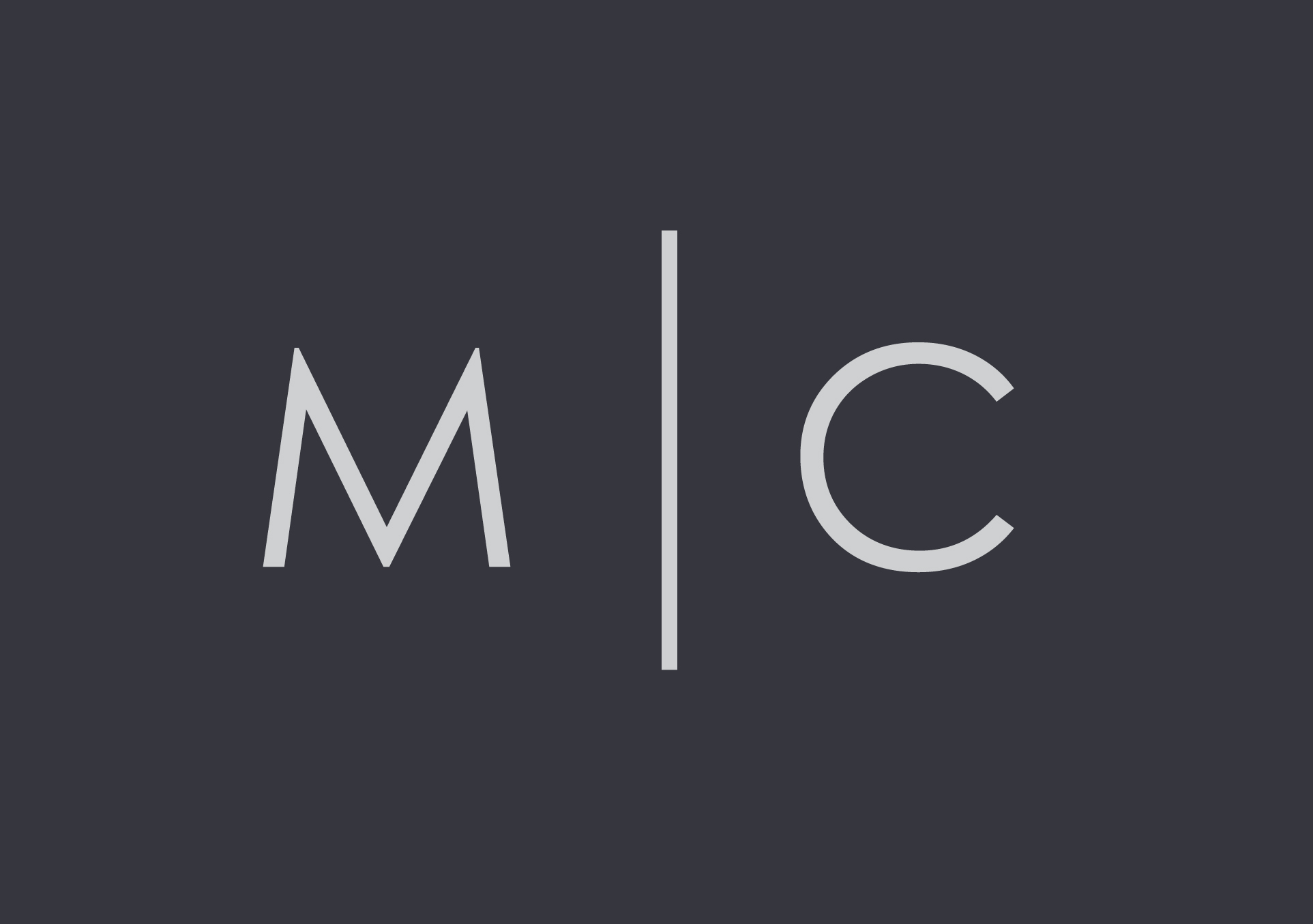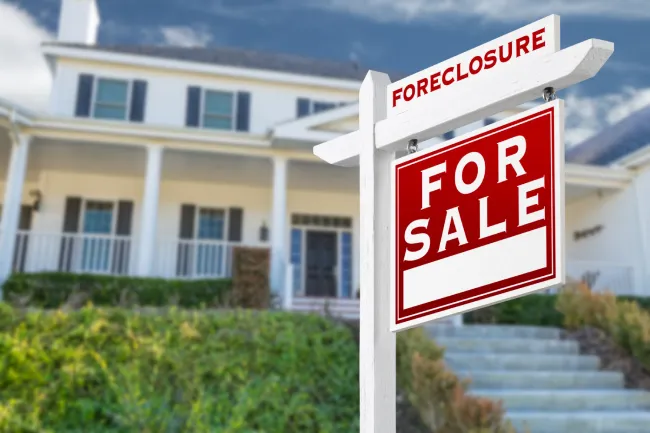One of the many benefits of investing in real estate is the ability to leverage your investment. Leverage supports diversifying your portfolio, building wealth and optimizing your return on investment. However, when not used strategically and cautiously, it exposes real estate investors to greater risk.
What Is Leverage in Real Estate?
In real estate, a mortgage loan is commonly used as leverage. Rather than pay the full sales price, an investor uses the lender’s funds to cover the purchase. The buyer’s contribution to the purchase is the down payment. The lender’s contribution is referred to as leverage. In addition to using a mortgage to buy an investment, financing is available to leverage improvements. It is also used to extract equity for other investments or purposes. Other examples of leverage are hard money loans, home equity loans, home equity lines of credit, private loans and others.
How Leverage Works
Leverage allows the investor to buy a more expensive investment without paying the full cost of that investment. By using other people’s money in this way, the investor can conserve capital. This capital can be used to purchase other rental properties, to make other types of investments or to maintain higher liquidity. Leverage also allows investors to purchase a more expensive investment that they otherwise would be able to do.
For example, assume the sales price on an investment property is $1 million. The investor makes a 25% down payment. The leverage used is 75%. Assume that the investor has the ability to pay the full sales price in cash. By using leverage in real estate, the investor buys the property and retains $750,000 to use for additional investments. In this way, the investor could theoretically invest in at least three other properties of a similar size, taking closing costs into account. The investor now has a $3 million to $4 million portfolio. This portfolio yields greater cash flow and value appreciation for the investor. Leverage allows investors to optimize their return.
As another example, assume that the buyer only has $250,000 available to purchase an investment. The buyer can invest in a $250,000 property without leverage. With leverage, the investor could consider a $1 million property.
The Benefits of Leveraging in Real Estate
By borrowing money to invest in real estate, the buyer benefits in several ways. First, the investor can establish a much larger portfolio. While the investor is responsible for the mortgage balance and monthly payments, he or she benefits from appreciation of the real estate’s total value.
For example, in the scenarios above, the investor can use the $250,000 to buy one $250,000 property without leverage or a $1 million property with leverage. Assume that the real estate or housing market is growing at a rate of 3%. After five years, the $250,000 property is worth almost $290,000. The $1 million property is valued at $1.159 million. The $250,000 investment yielded a $40,000 return in the first example and a $159,000 return in the second example.
In addition to a stunning difference in value appreciation, cash flow may also be more significant. Overall, leverage enables you to enhance your potential return.
On a broader level, leverage enables you to more comprehensively diversify your portfolio. Diversification mitigates exposure to risk. For example, with leverage, you could invest in multiple properties in different markets or classes. You could also invest in real estate while also adding non-real estate investments to your portfolio.
The Risks of Using Leverage in Real Estate
Leverage is a powerful tool available to real estate investors. However, it comes with drawbacks and risks. By taking out a mortgage, the investor accepts a lien against the asset. Regardless of unforeseeable circumstances that may be on the horizon, the investor must make regular monthly payments and progressively decrease the mortgage balance. Failure to do so leads to foreclosure.
A highly leveraged property has higher mortgage payments. It also has less cash flow as a result. In the event of changing rental market conditions, decreased rental income could create financial strain or worse for the investor.
A change in market conditions can also lead to a dip in property value. When a property is highly leveraged, the investor is more likely to go in the red. In the event that a sale is necessary, the investor may face a net loss.
Using the same examples, by purchasing the $250,000 property outright, the investor is not at risk of foreclosure. If the market dips, the investor is better able to ride it out. In the second scenario, the leveraged property is at risk of foreclosure. It has a higher potential return, but this is at the expense of increased risk.
The market crash between 2008 and 2009 showed the ramifications of using higher leverage. High leverage combined with readjusting interest rates on adjustable-rate mortgages and plummeting property values created a perfect storm for investors. During this time period, the foreclosure rate skyrocketed.
Be aware that leveraging can amplify the power of appreciation in a strong market.In a market with declining property values, leverage can amplify losses. For example, if that $250,000 property was hit with a 3% market dip, its value would be $242,500. With the same hit, the $1 million leveraged property would be valued at $970,000. The property owner faces a $7,500 loss versus a $30,000 loss.
Positive Versus Negative Leverage
Understanding the difference between positive and negative leverage is essential. Leverage in real estate allows you to enhance your potential return. When your ROI is greater than the cost of leveraging the property, you have positive leverage. When the cost of financing the investment is greater than the return on investment, however, you have negative leverage.
Keep in mind that return on investment is based on rental income, occupancy rates, expenses, interest rates, market value and other factors. With the exception of setting up a fixed-rate loan, the other factors fluctuate over time. A positive leverage situation today may flip to a negative leverage situation next year. This risk is greater when a property is highly leveraged.
How to Leverage Real Estate
Striking a balance between risk and reward is essential when leveraging real estate. How can you optimize the power of leverage while mitigating risks? First, consider the stability of the source of income. For example, if your real estate has a long term, high-credit tenant, you can have a higher level of confidence in the property’s ability to cover the debt. If the real estate has a few short-term leases, there is uncertainty about the property’s ability to cover the debt over a long period of time.
With the long-term, high-credit tenant, there is reduced risk. Therefore, it is reasonable to consider using higher leverage. With the second scenario, the risk is higher. Making a larger down payment and conservatively using leverage decreases exposure to risk.
Other factors should be considered as well. For example, an investor with substantial liquid assets may use leverage more freely than one who has minimal liquid assets to dip into, if needed. The investor should consider how leveraged other assets are as well. A market downturn will likely affect multiple investments.
When using real estate leverage, it is typically wise to err on the conservative side. Strategic use of financing is essential.
Learn About Financing Options for Your Investment Property
Macoy Capital specializes in providing fast, flexible hard money loan options to real estate investors. We consistently focus on helping investors achieve their specific goals through advantageous financing. Macoy Capital is your source for financing that suits your needs, and we are eager to learn about your next investment. To learn more, contact our team today.







